OPERATION MOCKINGBIRD
"The CIA currently maintains a network of several hundred foreign individuals around the world who provide intelligence for the CIA and at times attempt to influence opinion through the use of covert propaganda".
Frank Church, 1976
I'm sick and tired of hearing things
From uptight, short-sighted, narrow-minded hypocritics
I've had enough of reading things
By neurotic, psychotic, pig-headed politicians
No short-haired, yellow-bellied, son of Tricky Dicky
Is going to Mother Hubbard soft soap me
With just a pocketful of hope
Money for dope
Money for rope
All I want is the truth
Just give me some truth
From uptight, short-sighted, narrow-minded hypocritics
I've had enough of reading things
By neurotic, psychotic, pig-headed politicians
No short-haired, yellow-bellied, son of Tricky Dicky
Is going to Mother Hubbard soft soap me
With just a pocketful of hope
Money for dope
Money for rope
All I want is the truth
Just give me some truth
USAID has pushed nearly half a billion dollars ($472.6m) through "Internews Network" (IN), a secretive US government financed NGO which has “worked with” 4,291 media outlets, producing in one year 4,799 hours of broadcasts reaching up to 778 million people and "training” over 9000 journalists (2023 figures).
IN has also supported social media censorship initiatives.
The operation claims “offices” in over 30 countries, including main offices in US, London, Paris and regional HQs in Kiev, Bangkok and Nairobi.
It is headed up by Jeanne Bourgault, who pays herself $451k a year. Bourgault worked out of the US embassy in Moscow during the early 1990s, where she was in charge of a $250m budget, and in other revolts or conflicts at critical times, before formally rotating out of six years at USAID to IN.
Bourgault’s IN bio and those of its other key people and board members have been recently scrubbed from its website but remain accessible at http://archive.org.
Records show the board being co-chaired by Democrat securocrat Richard J. Kessler and Simone Otus Coxe, wife of NVIDIA billionaire Trench Coxe, both major Democratic donors. In 2023, supported by Hillary Clinton, Bourgault launched a $10m IN fund at the Clinton Global Initiative (CGI). The IN page showing a picture of Bourgault at the CGI has also been deleted.
IN has at least six captive subsidiaries under unrelated names including one based out of the Cayman Islands. Since 2008, when electronic records begin, more than 95% of IN's budget has been supplied by the US government.
Wikileaks Drops Bombshell About USAID and "Internews Network"
A closer look at Internews Network (IN) reveals a well-funded machine, primarily bankrolled by the U.S. government, that operates under the guise of fostering independent journalism while allegedly driving social media censorship and political influence campaigns worldwide.
This funding has enabled the NGO to establish a sprawling global footprint, working with 4,291 media outlets, producing 4,799 hours of broadcasts in a single year, and training over 9,000 journalists — all under the banner of promoting press freedom.
Internews Network claims to operate in over 30 countries, with major offices in the United States, London, Paris, and regional headquarters in Kiev, Bangkok, and Nairobi. These locations correspond with geopolitical flashpoints where Western influence is keenly contested.
The organization’s leader, Jeanne Bourgault, earns a staggering $451,000 per year — a salary higher than many heads of state. Her past includes a stint at the U.S. embassy in Moscow in the early 1990s, where she managed a $250 million budget during a period of intense Western intervention in post-Soviet Russia. Bourgault later spent six years at USAID before transitioning into Internews Network, further blurring the lines between government operations and so-called independent journalism.
As scrutiny of Internews Network has intensified, its online presence has been systematically cleansed. Key biographies, including those of Bourgault and other executives, have been erased from the organization’s official website.
The Shadowy Empire of Internews Network: How USAID Funnels Millions Into Media Manipulation
Medium
The U.S. Department of Defense was pressured to explain why it paid over $9 million to the company that owns the Reuters news agency for activities that included “active social engineering” and “large-scale social deception”.
While most of that money was spent under the previous Biden administration, the contract’s start date was in the first term of U.S. President Donald J. Trump.
The first roughly $2.1 million was allocated to Thomson Reuters Special Services LLC between September 2018 and February 2020, showing graphics on the USASPENDING.GOV website, which tracks how the government spent taxpayers’ dollars.
While commentators were quick to say that it was part of Biden’s misinformation campaign, experts and officials suggested that Reuters was asked to help defend against large-scale social deception rather than participate in it.
“The Active Social Engineering Defense (ASED) program aims to develop the core technology to enable the capability to automatically identify, disrupt, and investigate social engineering attacks. If successful, the ASED technology will do this by actively detecting attacks, intervening in communications between users and potential attackers, and coordinating investigations into the source of the attacks,” said the U.S. Defense Advanced Research Projects Agency (DARPA).
It added that this is necessary as “Over the past 40 years, our world has become increasingly connected”, enabling “major advances in national security from pervasive real-time intelligence and communications to optimal logistics”.
However, “With this connectivity has come the threat of cyber attacks on both military systems and critical infrastructure. While we focus the vast majority of our security efforts on protecting computers and networks, more than 80 percent of cyber attacks and over 70 percent of those from nation states are initiated by exploiting humans rather than computer or network security flaws”.
Reuters was asked to provide technology and expertise. Yet Elon Musk, the U.S. billionaire turned advisor overseeing Trump’s Department of Government Efficiency, has questioned the relationship between government agencies and media.
Reuters says, however, that “Independence is the essence of our reputation as a 'stateless' global news organization and fundamental to the trust that allows us to report impartially from all sides of a conflict or dispute”.
U.S. Military Under Scrutiny Over $9 Million Payment to Reuters News Agency
Stefan J. Bos Worthy News
Operation Mockingbird was a secret campaign by the United States Central Intelligence Agency (CIA) to influence domestic and foreign media.
It reportedly involved the recruitment of journalists and other media figures to spread propaganda and misinformation, with the goal of shaping public opinion.
The operation is said to have begun in the early 1950s, during the Cold War, and continued until the 1970s. While the CIA has never officially confirmed the existence of Operation Mockingbird, numerous journalists and researchers have uncovered evidence of the agency's involvement in media manipulation.
Some of the key figures who have been linked to Operation Mockingbird include:
* Frank Wisner: A high-ranking CIA official who is said to have been the architect of the operation.
* Philip Graham: The publisher of The Washington Post, who reportedly collaborated with the CIA.
* Cord Meyer: A CIA agent who allegedly oversaw the recruitment of journalists.
The CIA is said to have recruited hundreds of journalists from major news organizations, including The New York Times, The Washington Post, and CBS, to spread propaganda and misinformation.
The CIA is alleged to have provided financial support to various media outlets, including newspapers, magazines, and television networks, in exchange for favorable coverage.
The CIA is said to have established numerous front organizations, such as cultural groups and foundations, to disseminate propaganda and influence public opinion.
While the full extent of the operation remains unknown, the available evidence suggests that the CIA's involvement in media manipulation was more widespread and systematic than previously thought.
Thanks to Gemini
CIA support of front groups was exposed when an April 1967 Ramparts article reported that the National Student Association received funding from the CIA.
Carl Bernstein, a famous American investigative journalist who unveiled the scandal in 1977, said that according to the plan, the CIA recruited journalists that were put on a payroll by the CIA and instructed to write "fake stories".
One of the most important journalists under the control of Operation Mockingbird was Joseph Alsop, whose articles appeared in over 300 different newspapers. Other journalists willing to promote the views of the CIA included Stewart Alsop (New York Herald Tribune), Ben Bradlee (Newsweek), James Reston (New York Times), C. D. Jackson (Time Magazine), Walter Pincus (Washington Post), Walter Winchell (New York Daily Mirror), Drew Pearson, Walter Lippmann, William Allen White, Edgar Ansel Mowrer (Chicago Daily News), Hal Hendrix (Miami News), Whitelaw Reid (New York Herald Tribune), Jerry O'Leary (Washington Star), William C. Baggs (Miami News), Herb Gold (Miami News) and Charles L. Bartlett (Chattanooga Times).
According to Nina Burleigh, the author of "A Very Private Woman" (1998), these journalists sometimes wrote articles that were commissioned by Frank Wisner. The CIA also provided them with classified information to help them with their work.
After 1953 the network was overseen by Allen W. Dulles, director of the Central Intelligence Agency. By this time Operation Mockingbird had a major influence over 25 newspapers and wire agencies. These organizations were run by people such as William Paley (CBS), Henry Luce (Time Magazine and Life Magazine), Arthur Hays Sulzberger (New York Times), Helen Rogers Reid (New York Herald Tribune), Dorothy Schiff (New York Post), Alfred Friendly (managing editor of the Washington Post), Barry Bingham (Louisville Courier-Journal) and James S. Copley (Copley News Services).
The Office of Policy Coordination (OPC) was funded by siphoning of funds intended for the Marshall Plan. Some of this money was used to bribe journalists and publishers. Frank Wisner was constantly looked for ways to help convince the public of the dangers of communism. In 1954 Wisner arranged for the funding the Hollywood production of "Animal Farm", the animated allegory based on the book written by George Orwell.
According to Alex Constantine ("Mockingbird: The Subversion Of The Free Press By The CIA"), in the 1950s, "some 3,000 salaried and contract CIA employees were eventually engaged in propaganda efforts". Wisner was also able to restrict newspapers from reporting about certain events. For example, the CIA plots to overthrow the governments of Iran and Guatemala.
Henry Luce, the media tycoon owner of a large media empire, the creator of Time, Life, Fortune and later of Sports Illustrated, became a key figure in Operation Mockingbird.
David Halberstam has pointed out in "The Powers That Be" (1979): "Luce's politics hardened in the postwar years and Time had become increasingly Republican in its tone. He had been stunned by Truman's defeat of Dewey in 1948. Then in the fall of 1949 China had fallen, the Democratic administration had failed to save Chiang, and that was too much; Truman, and even more Acheson, would have to pay the price. Time was now committed and politicized, an almost totally partisan instrument. The smell of blood was in the air. There was a hunger now in Luce to put a Republican back in power. It was as if Luce, between elections, stood as the leader of the opposition, a kingmaker who had failed to produce a king. The fall of China and the rise of a post-war anti-Communist mood had produced the essential issue to use against the Democrats: softness on Communism".
Luce used his magazines to get Dwight D. Eisenhower elected as president. In 1953 Eisenhower appointed Clare Booth Luce ambassador to Italy; the first American woman ambassador to a major country. Claudio Accogli, a Italian historian, argues that Luce was heavily involved in covert anti-communist activities with local cia personnel.
Larry Hancock adds: "With no-holds barred political activism and heavy spending (including the support of the SIFAR/Italian Army Secret Service), Luce and the CIA managed to block the probable takeover of the center-left governments, an alliance between Christian Democrats (DC) and the Socialist Democratic Party (PSI)".
In August, 1952, the Office of Policy Coordination and the Office of Special Operations (the espionage division) were merged to form the Directorate of Plans (DPP). Frank Wisner became head of this new organization and Richard Helms became his chief of operations. Mockingbird was now the responsibility of the DPP.
According to Frances Stonor Saunders, the author of "Who Paid the Piper?" (2000), Frank Wisner recruited several important figures for Operation Mockingbird. This included former OSS filmmaker John Ford and studio bosses Cecil B. DeMille (Paramount Pictures) and Darryl Zanuck (Twentieth Century-Fox).
Another important figure in this group was Howard Hughes, the boss of RKO Pictures. As Charles Higham points out in "Howard Hughes: The Secret Life" (2004), this was also good for business: “Hughes’s crusade against Communism” was “exacerbated by his desire to have Hughes Aircraft profit from the Korean and any future anti-Soviet wars”. For example, in June 1950, General Ira Eaker "signed an across-the-board agreement giving Hughes a monopoly in interceptors for the U.S. Air Force… despite the fact that it was in breach of the Sherman anti-monopolies act… By the end of 1950, the war had made Hughes even richer than before”.
Another important figure in this conspiracy was C. D. Jackson. He had joined the Office of Strategic Services (OSS) in 1943. The following year he was appointed Deputy Chief at the Psychological Warfare Division at Supreme Headquarters Allied Expeditionary Force (SHAEF). After the war, he became Managing Director of Time-Life International. When it became clear that Dwight D. Eisenhower stood a good chance of becoming president, the CIA arranged for Jackson to join his campaign. This involved Jackson writing speeches for Eisenhower. Jackson was rewarded in February 1953 by being appointed as Special Assistant to the President. This included the role of Eisenhower's liaison between the CIA and the Pentagon.
Jackson was also involved in Operation Mockingbird. This was revealed after the death of Jackson. On December 15, 1971, Mrs. C.D. Jackson gave her husband’s papers to the Dwight D. Eisenhower Library. This included details that Jackson was in contact with a CIA agent in Hollywood's Paramount Studios. The agent is not named by Jackson but Frances Stonor Saunders claims in "Who Paid the Piper?" (2000) that it was Carleton Alsop, a CIA agent employed by Frank Wisner. There is no doubt that Alsop was one of the CIA agents working at Paramount. However, Hugh Wilford argues in "The Mighty Wurlitzer: How the CIA Played America" (2008) that it was a senior executive at Paramount, Lugi G. Laraschi, was the most important CIA figure at the studio. Laraschi was the head of foreign and domestic censorship at the studio, whose job was to "iron out any political, moral or religious problems". Other studios, including MGM and RKO, had similar officers, and were probably CIA placements. In a private letter to Sherman Adams, Jackson claims the role of these CIA placements was "to insert in their scripts and in their action the right ideas with the proper subtlety".
Although the main objective of Operation Mockingbird was to influence the production of commercial films the CIA also occasionally initiated film projects. The best documented instance of this concerns an animated version of "Animal Farm", a satirical allegory about Stalinism by George Orwell. The book was highly popular when it was published in 1945 and it was only natural that the studios should be interested in making a film of the book. The problem for the CIA was that Orwell was a socialist whose book attacked both communism and capitalism. Therefore, it was important to make a film that restricted it to a condemnation of Joseph Stalin and the Soviet Union.
In 1950 Wisner’s OPC arranged for Joe Bryan to recruit anti-communist documentary-maker Louis de Rochemont to produce a movie version of the tale. It was decided to get the film made in Britain to disguise CIA involvement in the project. Rochemont employed the British animation studio of husband and wife John Halas and Joy Batchelor to make the film. Most of the funding came from a CIA shell corporation, Touchstone. E. Howard Hunt was one of those agents involved in the production of the film whose role was to remove the socialist elements in Orwell’s allegory.
One unnamed member of the OPC sent a letter to John Halas called for the addition of scenes showing the other farms (that represented capitalist countries) in a more flattering light. The most important demand was to change the ending of Animal Farm. The CIA did not like the scene where the pigs and dogs face a liberation-style uprising of the other animals. The letter included the following: “It is reasonable to expect that if Orwell were to write the book today, it would be considerably different and that the changes would tend to make it even more positively anti-Communist and possibly somewhat more favorable to the Western powers”.
One of the main concerns of the CIA was the portrayal of race-relations in Hollywood movies. It was argued that the left was using this issue to undermine the idea that America was a democracy based on equal rights. Letters from Jackson sent to the producers of films called for scenes showing African Americans mixing on equal terms with whites. One of Jackson’s proposals involved “planting black spectators in a crowd watching a golf game in the Martin and Lewis comedy The Caddy”.
In 1955 President Dwight Eisenhower established the 5412 Committee in order to keep a check on the CIA's covert activities. The committee (also called the Special Group) included the CIA director, the national security adviser, and the deputy secretaries at State and Defence and had the responsibility to decide whether covert actions were "proper" and in the national interest. It was also decided to include Richard B. Russell, chairman of the Senate Armed Services Committee. However, as Allen W. Dulles was later to admit, because of "plausible deniability" planned covert actions were not referred to the 5412 Committee.
Dwight Eisenhower became concerned about CIA covert activities and in 1956 appointed David Bruce as a member of the President's Board of Consultants on Foreign Intelligence Activities (PBCFIA). Eisenhower asked Bruce to write a report on the CIA. It was presented to Eisenhower on 20th December, 1956. Bruce argued that the CIA's covert actions were "responsible in great measure for stirring up the turmoil and raising the doubts about us that exists in many countries in the world today". Bruce was also highly critical of Mockingbird. He argued: "what right have we to go barging around in other countries buying newspapers and handling money to opposition parties or supporting a candidate for this, that, or the other office".
After Richard Bissell lost his post as Director of Plans in 1962, Tracy Barnes took over the running of Mockingbird. According to Evan Thomas ("The Very Best Men") Barnes planted editorials about political candidates who were regarded as pro-CIA.
It has been argued by Larry Hancock, the author of "Someone Would Have Talked" (2006), that Virginia Prewett was a close associate of David Attlee Phillips and was involved in promoting the activities of Alpha 66, led by Antonio Veciana: "Virginia Prewett appears to have been one of Phillips' significant media contacts and certainly one of the most consistent sources of media coverage for Alpha 66 activities. The other major source was Life magazine, part of the Luce Media family managed by Claire Booth Luce's husband Henry Robinson "Harry" Luce (a member of the Citizens Committee to Free Cuba, along with Phillips' friends Hal Hendrix and Paul Bethel). Articles by Prewitt and editorials by Time-Life provided the strongest challenge to the Kennedy position on Cuba and were quite consistent with the type of embarrass and back-to-the wall agendas Veciana attributed to Maurice Bishop".
In 1963, John McCone, the director of the CIA, discovered that Random House intended to publish "Invisible Government" by David Wise and Thomas Ross. McCone discovered that the book intended to look at his links with the Military Industrial Congress Complex. The authors also claimed that the CIA was having a major influence on American foreign policy. This included the overthrow of Mohammed Mossadegh in Iran (1953) and Jacobo Arbenz in Guatemala (1954). The book also covered the role that the CIA played in the Bay of Pigs operation, the attempts to remove President Sukarno in Indonesia and the covert operations taking place in Laos and Vietnam.
McCone called in Wise and Ross to demand deletions on the basis of galleys the CIA had secretly obtained from Random House. The authors refused to made these changes and Random House decided to go ahead and publish the book. The CIA considered buying up the entire printing of Invisible Government but this idea was rejected when Random House pointed out that if this happened they would have to print a second edition. McCone now formed a special group to deal with the book and tried to arrange for it to get bad reviews. It was the first full account of America's intelligence and espionage apparatus. In the book Wise and Ross argued that the "Invisible Government is made up of many agencies and people, including the intelligence branches of the State and Defense Departments, of the Army, Navy and Air Force". However, they claimed that the most important organization involved in this process was the CIA.
In June, 1965, Desmond FitzGerald was appointed as head of the Directorate for Plans. He now took charge of Mockingbird. At the end of 1966 FitzGerald discovered that Ramparts, a left-wing publication, was planning to publish that the CIA had been secretly funding the National Student Association. FitzGerald ordered Edgar Applewhite to organize a campaign against the magazine. Applewhite later told Evan Thomas for his book, "The Very Best Men": "I had all sorts of dirty tricks to hurt their circulation and financing. The people running Ramparts were vulnerable to blackmail. We had awful things in mind, some of which we carried off".
This dirty tricks campaign failed to stop Ramparts publishing this story in March, 1967. The article, written by Sol Stern, was entitled "NSA and the CIA". As well as reporting CIA funding of the National Student Association it exposed the whole system of anti-Communist front organizations in Europe, Asia, and South America. It named Cord Meyer as a key figure in this campaign. This included the funding of the literary journal Encounter.
Meyer's role in Operation Mockingbird was further exposed in 1972 when he was accused of interfering with the publication of a book, "The Politics of Heroin in Southeast Asia" by Alfred W. McCoy. The book was highly critical of the CIA's dealings with the drug traffic in Southeast Asia. The publisher, who leaked the story, had been a former colleague of Meyer's when he was a liberal activist after the war.
Further details of Operation Mockingbird was revealed as a result of the Frank Church investigations (Select Committee to Study Governmental Operations with Respect to Intelligence Activities) in 1975. According to the Congress report published in 1976: "The CIA currently maintains a network of several hundred foreign individuals around the world who provide intelligence for the CIA and at times attempt to influence opinion through the use of covert propaganda. These individuals provide the CIA with direct access to a large number of newspapers and periodicals, scores of press services and news agencies, radio and television stations, commercial book publishers, and other foreign media outlets". Church argued that the cost of misinforming the world cost American taxpayers an estimated $265 million a year.
Frank Church showed that it was CIA policy to use clandestine handling of journalists and authors to get information published initially in the foreign media in order to get it disseminated in the United States. Church quotes from one document written by the Chief of the Covert Action Staff on how this process worked (page 193). For example, he writes: “Get books published or distributed abroad without revealing any U.S. influence, by covertly subsidizing foreign publicans or booksellers”. Later in the document he writes: “Get books published for operational reasons, regardless of commercial viability”. Church goes onto report that “over a thousand books were produced, subsidized or sponsored by the CIA before the end of 1967”. All these books eventually found their way into the American market-place. Either in their original form (Church gives the example of the Penkovskiy Papers) or repackaged as articles for American newspapers and magazines.
By analyzing CIA documents Church was able to identify over 50 U.S. journalists who were employed directly by the Agency. He was aware that there were a lot more who enjoyed a very close relationship with the CIA who were “being paid regularly for their services, to those who receive only occasional gifts and reimbursements from the CIA” (page 195).
Church pointed out that this was probably only the tip of the iceberg.
Carl Bernstein, who had worked with Bob Woodward in the investigation of Watergate, provided further information about Operation Mockingbird in an article in The Rolling Stone in October, 1977. Bernstein claimed that over a 25 year period over 400 American journalists secretly carried out assignments for the CIA: "Some of the journalists were Pulitzer Prize winners, distinguished reporters who considered themselves ambassadors-without-portfolio for their country. Most were less exalted: foreign correspondents who found that their association with the Agency helped their work; stringers and freelancers who were as interested it the derring-do of the spy business as in filing articles, and, the smallest category, full-time CIA employees masquerading as journalists abroad".
Deborah Davis ("Katharine the Great") has argued that Deep Throat was senior CIA official, Richard Ober, who was running Operation Chaos for Richard Nixon during this period.
According to researchers such as Steve Kangas, Angus Mackenzie and Alex Constantine, Operation Mockingbird was not closed down by the CIA in 1976. For example, in 1998 Kangas argued that CIA asset Richard Mellon Scaife ran "Forum World Features, a foreign news service used as a front to disseminate CIA propaganda around the world".
On 8th February, 1999, Kangas was found dead in the bathroom of the Pittsburgh offices of Scaife. He had been shot in the head. Officially he had committed suicide but some people believe he was murdered.
John Simkin Spartacus Educational
The espionage scandal involving Israeli spyware firm Paragon is deepening as new details emerge about its use to surveil journalists and activists. In recent days, three individuals critical of Italy’s government – including its handling of antisemitism within the ruling party – were identified as targets.
Prime Minister Giorgia Meloni's government has denied using spyware to monitor journalists and activists. Meanwhile, The Guardian reported that Paragon has decided to sever ties with the Italian government.
Last week, Meta alleged that Paragon’s spyware, Graphite, was implanted in the smartphones of about 90 people across 20 countries – mostly journalists and human rights activists – via WhatsApp. The tech giant has issued a legal warning to Paragon, demanding it halt surveillance of its users.
Reports by Reuters and The Guardian have identified three targets of the surveillance: Francesco Cancellato, editor-in-chief of investigative news site Fanpage; Libyan-born Swedish activist Husam El Gomati; and Luca Casarini, head of Mediterranea Saving Humans, an organization assisting migrants from Libya. Casarini is known for his outspoken criticism of Italy’s immigration policies.
Cancellato revealed that his phone is now undergoing forensic analysis by Citizen Lab, a Canadian research group specializing in spyware investigations, and that the findings will be published by his newspaper. He first learned of the breach when WhatsApp’s security team sent him a warning message, alerting him that spyware had been detected on his device.
"Paragon claims its spyware isn’t as invasive as Pegasus [the infamous spyware from Israeli firm NSO], but they could still extract any data they wanted from my device", said Cancellato. "The real issue here is that a government agency spied on a European journalist. Paragon says it only sells to democratic nations, but why would a democracy spy on a journalist?".
Cancellato acknowledged that his investigative team had published a major exposé on Meloni’s party, Brothers of Italy, revealing antisemitic content shared by young party members. The report sparked controversy, particularly because Brothers of Italy positions itself as a pro-Israel party.
Paragon was founded in 2019 by Ehud Schneorson, a former commander of Israel’s elite cyber intelligence unit 8200, along with former Israeli Prime Minister Ehud Barak and several other ex-8200 operatives. Last year, the company was acquired by U.S. private equity firm Eurazeo Equity in a deal valued at up to $900 million.
The firm claims it only sells to 37 democratic countries—making it highly likely that Italy was one of them.
Israeli spyware Paragon scandal grows: Italian journalists, activists targeted
Tal Shahaf Ynet News


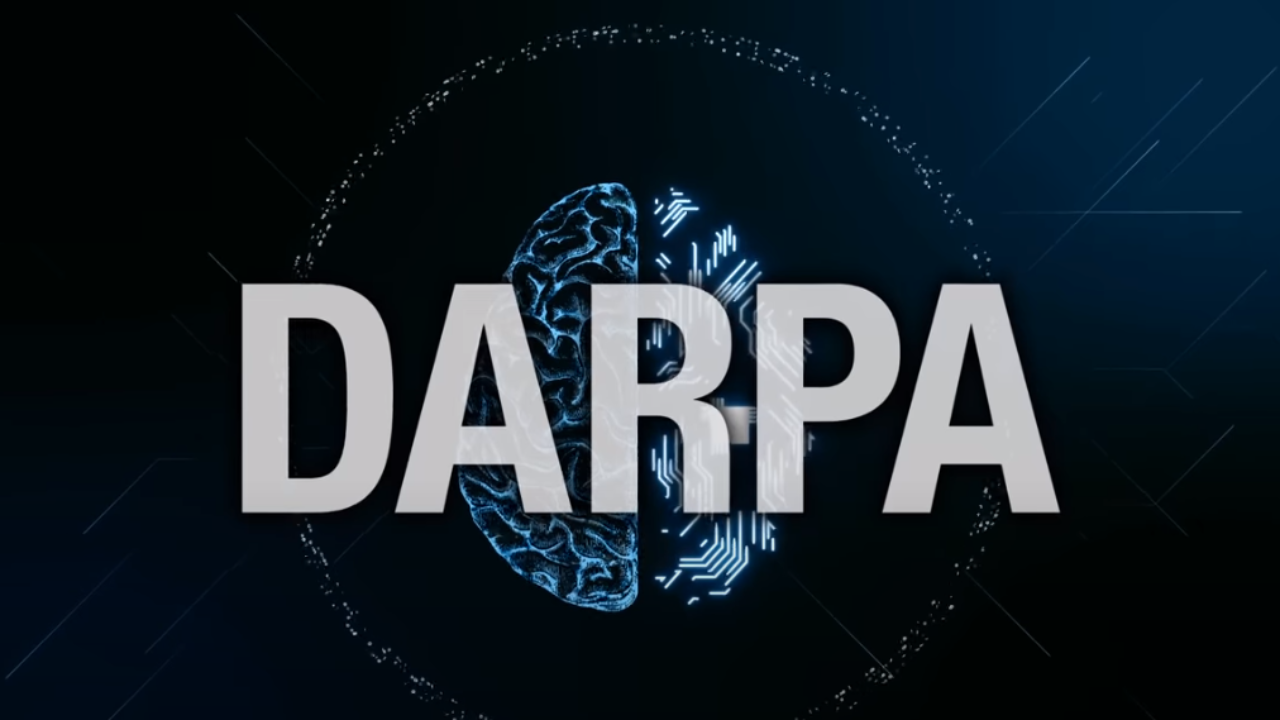

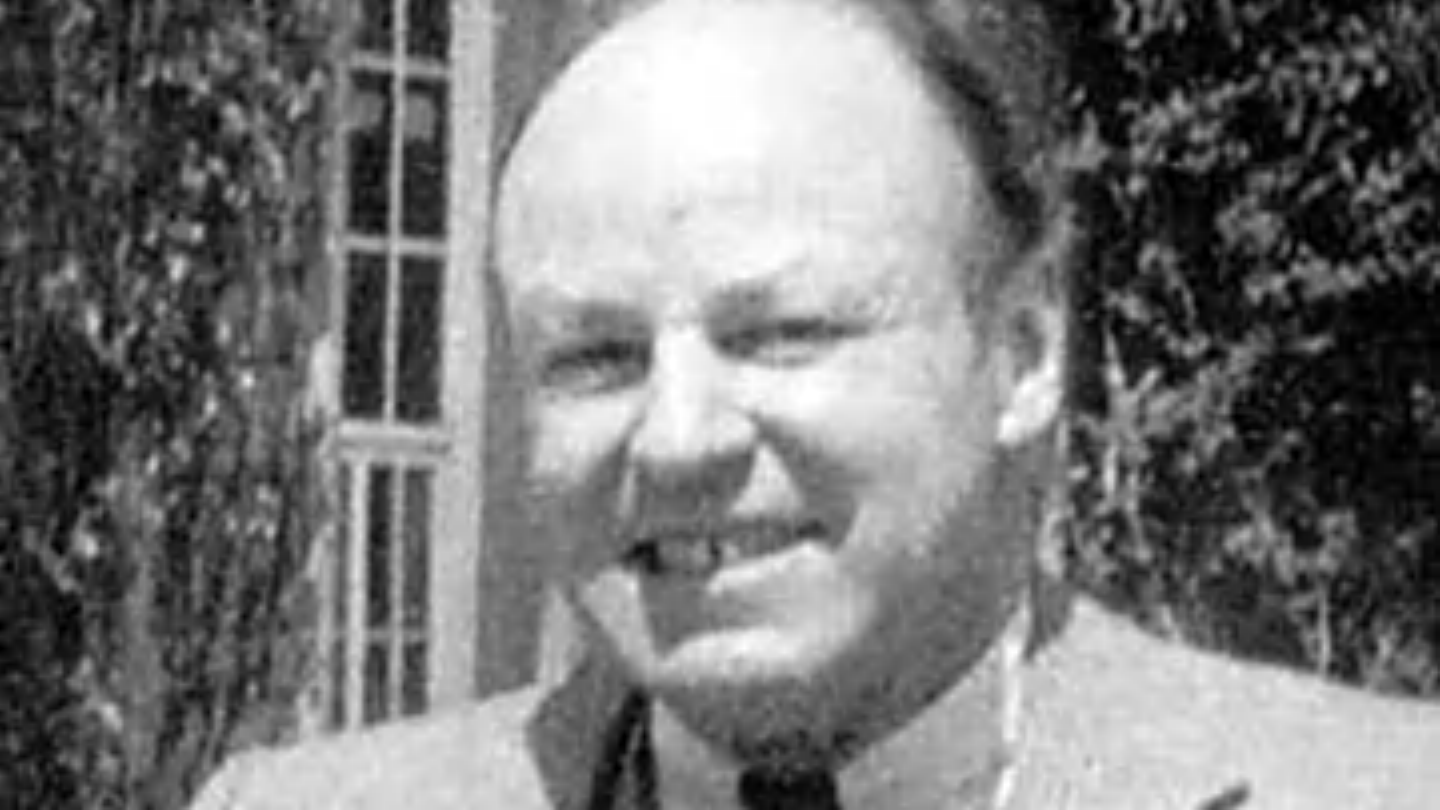


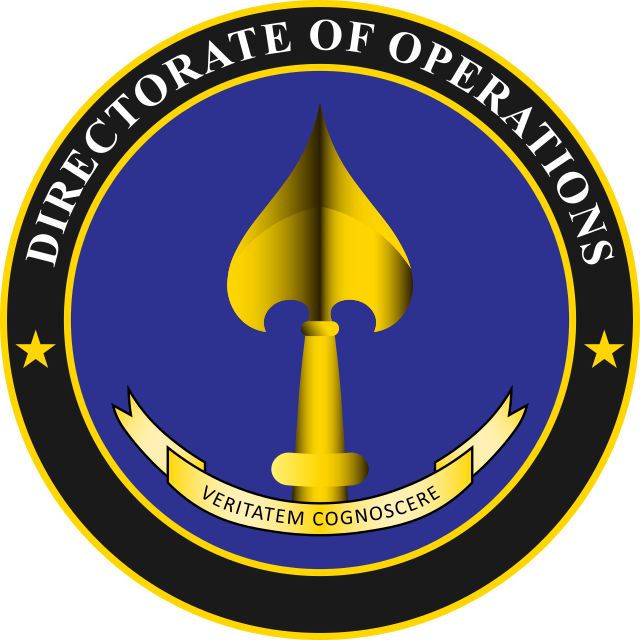



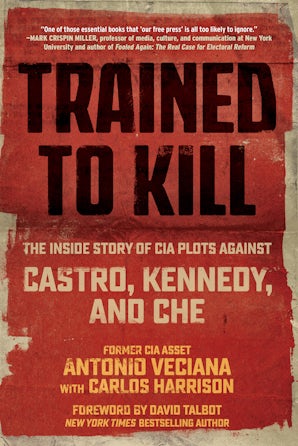





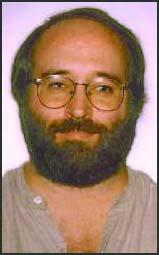

Commenti
Posta un commento